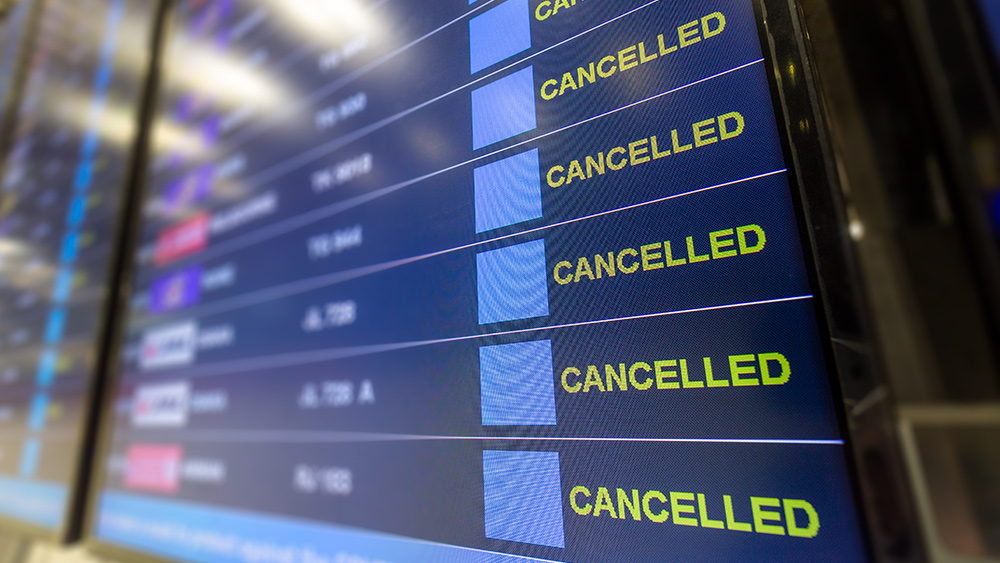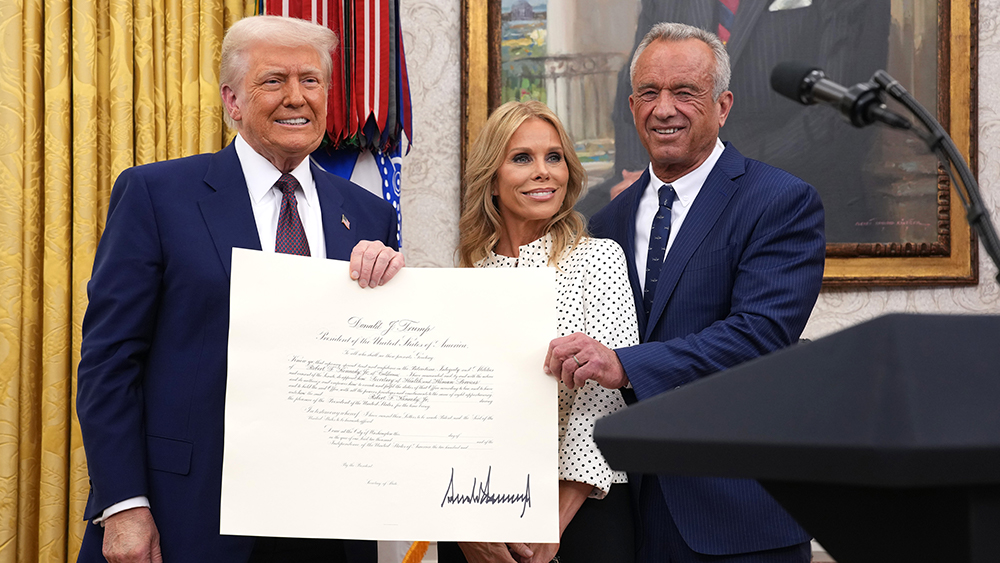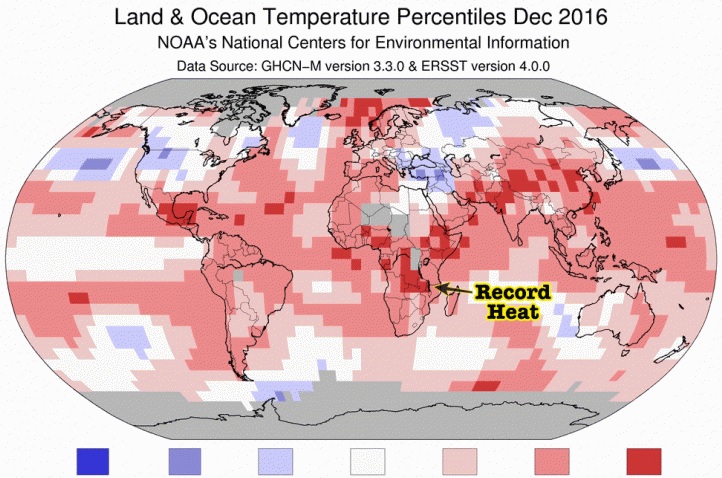Heathrow chaos: Mass hysteria or cover-up? Terminal 4 evacuated after mysterious incident leaves 21 injured, no toxins found
09/10/2025 / By Willow Tohi

- Heathrow’s Terminal 4 was evacuated after reports of a “possible hazardous materials incident,” but authorities found no trace of toxins — raising questions about whether this was a mass hysteria event, a security test, or something more sinister.
- There were 21 injured and one hospitalized — yet all injuries were non-life-threatening, with symptoms resembling chemical irritation (later linked to CS spray, a crowd-control agent).
- A 57-year-old man was arrested for possession of CS spray (pepper spray) and “causing a public nuisance,” but police ruled out terrorism — leaving unanswered questions about intent.
- Flights delayed, trains halted and thousands stranded as emergency services shut down Terminal 4 for over three hours before declaring it safe.
- This incident follows a pattern of airport security drills gone wrong, false flags and public panic events that some analysts argue are used to condition populations for greater surveillance and control.
At 5:01 PM BST on September 8, London’s Heathrow Airport — one of the busiest in the world — plunged into chaos. Emergency services rushed to Terminal 4 after reports of a “possible hazardous materials incident,” prompting a full evacuation, flight delays and a multi-agency response involving the Metropolitan Police, London Fire Brigade and paramedics.
Within minutes, social media lit up with images of stranded passengers wrapped in foil blankets, confusion spreading as no clear explanation was given. Twenty-one people reported injuries — mostly irritation to the eyes and throat — but authorities later confirmed that “no elevated levels of hazardous materials were discovered.”
By 8:27 PM, the terminal was deemed safe and reopened, but the damage was done: flights were delayed, train services suspended and thousands of travelers left in limbo. The official explanation? A “mass hysteria” event — a term that has historically been used to dismiss unexplained public panic, often in cases where no clear cause is found.
But was it really just collective anxiety — or was there more to the story?
The CS spray connection: A lone actor or a test?
The plot thickened 24 hours later when the Metropolitan Police announced the arrest of a 57-year-old man on suspicion of possession of a firearm (CS spray) and causing a public nuisance.
According to police, the man had a canister of CS spray — a riot control agent commonly used by law enforcement — which “may have caused a reaction in those within the airport.” The substance had already dissipated by the time firefighters arrived, leaving no detectable trace — yet 21 people still reported symptoms.
This raises critical questions:
- Was this an accidental discharge? CS spray is not typically carried by civilians — so how did this man obtain it?
- Was it a deliberate act? If so, what was the motive? Police ruled out terrorism, but why deploy a crowd-control agent in a civilian airport?
- Was this a security drill gone wrong? Heathrow has a history of emergency response exercises — could this have been a simulated attack that triggered real panic?
“It’s highly unusual for CS spray to be in the hands of a civilian,” said Don Mitchell, a former U.S. Army chemical officer and hazardous materials specialist. “The fact that it dissipated so quickly suggests a small, contained release — but the question is, was it intentional, or was this man a patsy for something larger?”
Mass hysteria or manufactured crisis? A pattern of unexplained airport panics
The Met Police’s “mass hysteria” explanation has precedent—but also controversy.
In 2018, Newark Liberty International Airport in New Jersey was evacuated after passengers reported a “mysterious odor” — later dismissed as mass hysteria. In 2019, Los Angeles International Airport (LAX) saw a similar panic after a loud noise (later attributed to a backfiring motorcycle) led to a stampede and multiple injuries.
But critics argue that “mass hysteria” is often a convenient label when authorities can’t — or won’t — explain what really happened.
“When you have multiple people reporting the same physical symptoms, that’s not hysteria — that’s exposure,” said Dr. Richard Fleming, a biophysicist and public health researcher. “The fact that they found CS spray residue suggests this was a real chemical event, not imaginary.”
So why the rush to dismiss it as hysteria?
Some theorists point to historical false flags — incidents like Operation Northwoods, where the U.S. government proposed staging fake terrorist attacks to justify war. While no evidence suggests Heathrow was a false flag, the lack of transparency fuels skepticism.
“We’ve seen this before — an incident occurs, authorities downplay it, and the public is left with more questions than answers,” said J.D. Heyes, senior writer for NaturalNews.com. “Given the current geopolitical climate, people have every right to demand full disclosure.”
The bigger picture: Are airports becoming testing grounds for control?
Heathrow’s incident comes at a time when global airports are increasingly militarized, with biometric scanning, AI surveillance and behavioral analysis becoming standard.
- In 2024, the UK government passed the Public Order Act, expanding police powers to detain individuals based on “suspicious behavior”—a vague standard that critics say invites abuse.
- The World Economic Forum (WEF) has pushed for “smart airports” with facial recognition, digital IDs and predictive policing—all in the name of “safety.”
- Past “drills” have turned deadly — such as the 2013 Boston Marathon bombing, where some eyewitnesses reported seeing bomb-sniffing dogs and military personnel before the attack, raising questions about prior knowledge.
“Airports are the perfect petri dish for social engineering,” said James Corbett, an independent investigative journalist. “You have a captive audience, high stress levels and a security apparatus that can justify almost any measure. If you want to test how people react to a perceived threat, an airport is where you’d do it.”
“Safe to fly”? The unanswered questions lingering over Heathrow
As flights resume and the Met Police close their investigation, key questions remain:
- Who was the 57-year-old man arrested—and why did he have CS spray?
- Was this a lone incident, or part of a larger security test?
- Why did authorities initially suggest a hazardous materials leak, only to walk it back?
- How can “mass hysteria” explain physical symptoms in 21 people?
- What protocols are in place to prevent similar incidents in the future?
For now, Heathrow insists the terminal is “safe to reopen,” and no further threats have been identified. But in an era of deepening distrust in institutions, many travelers — and security experts — aren’t so sure.
Final thoughts: When “safety” becomes the excuse for secrecy
“Trust, but verify”—a phrase once used in nuclear disarmament talks—has never been more relevant.
The Heathrow incident may well have been an unfortunate accident, a lone actor’s reckless behavior, or even a genuine case of mass panic. But in a world where governments and intelligence agencies have a documented history of deception, the lack of full transparency only fuels conspiracy—whether justified or not.
One thing is certain: Airports are no longer just transit hubs—they are frontlines in the battle for control. And as surveillance expands, freedoms contract, the line between “safety” and “subjugation” grows thinner by the day.
For now, passengers are boarding their flights, luggage is being scanned and life at Heathrow returns to normal. But the questions linger — and in an age of deepfakes, false flags and manufactured crises, healthy skepticism isn’t paranoia. It’s survival.
Sources for this article include:
Submit a correction >>
Tagged Under:
This article may contain statements that reflect the opinion of the author



















